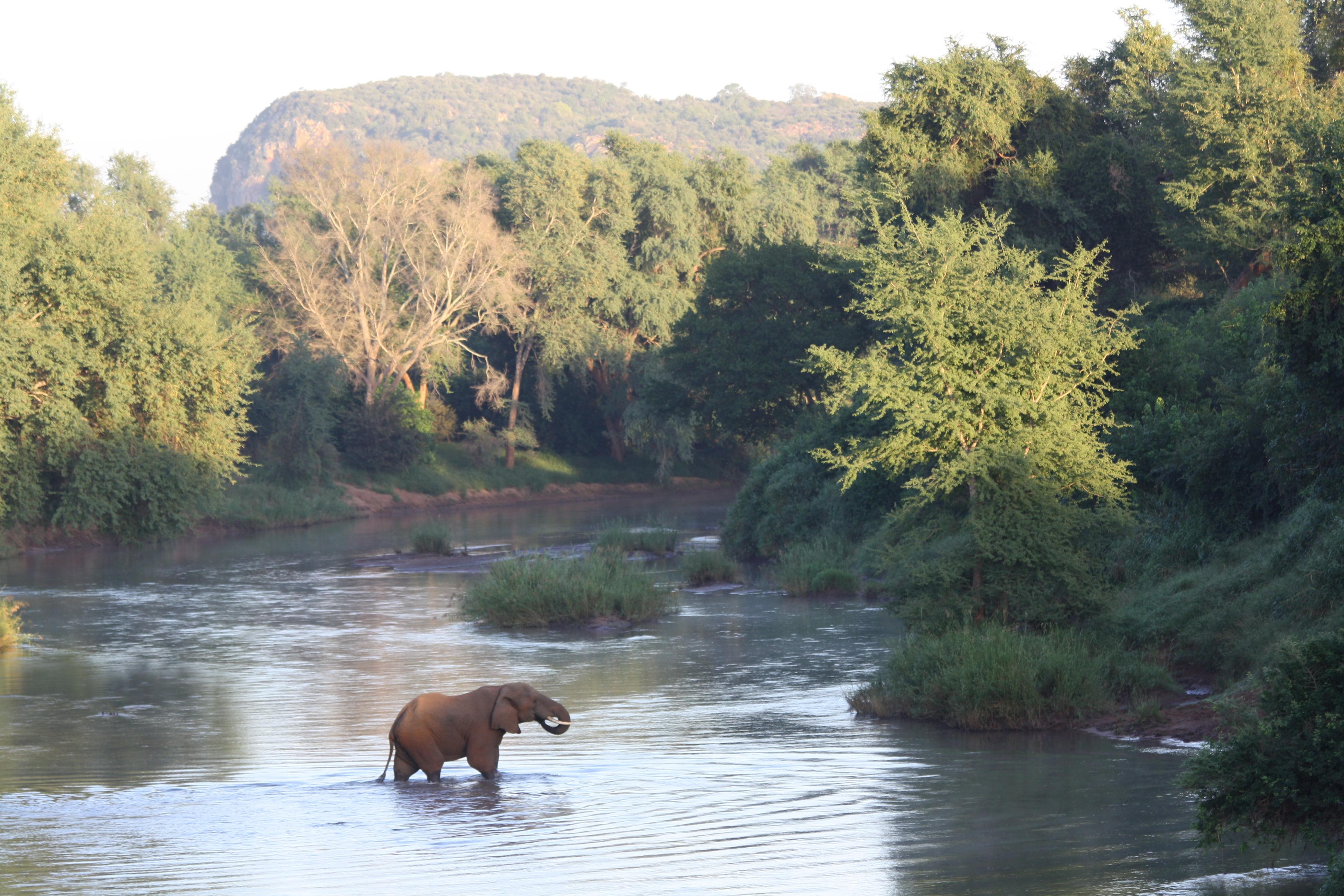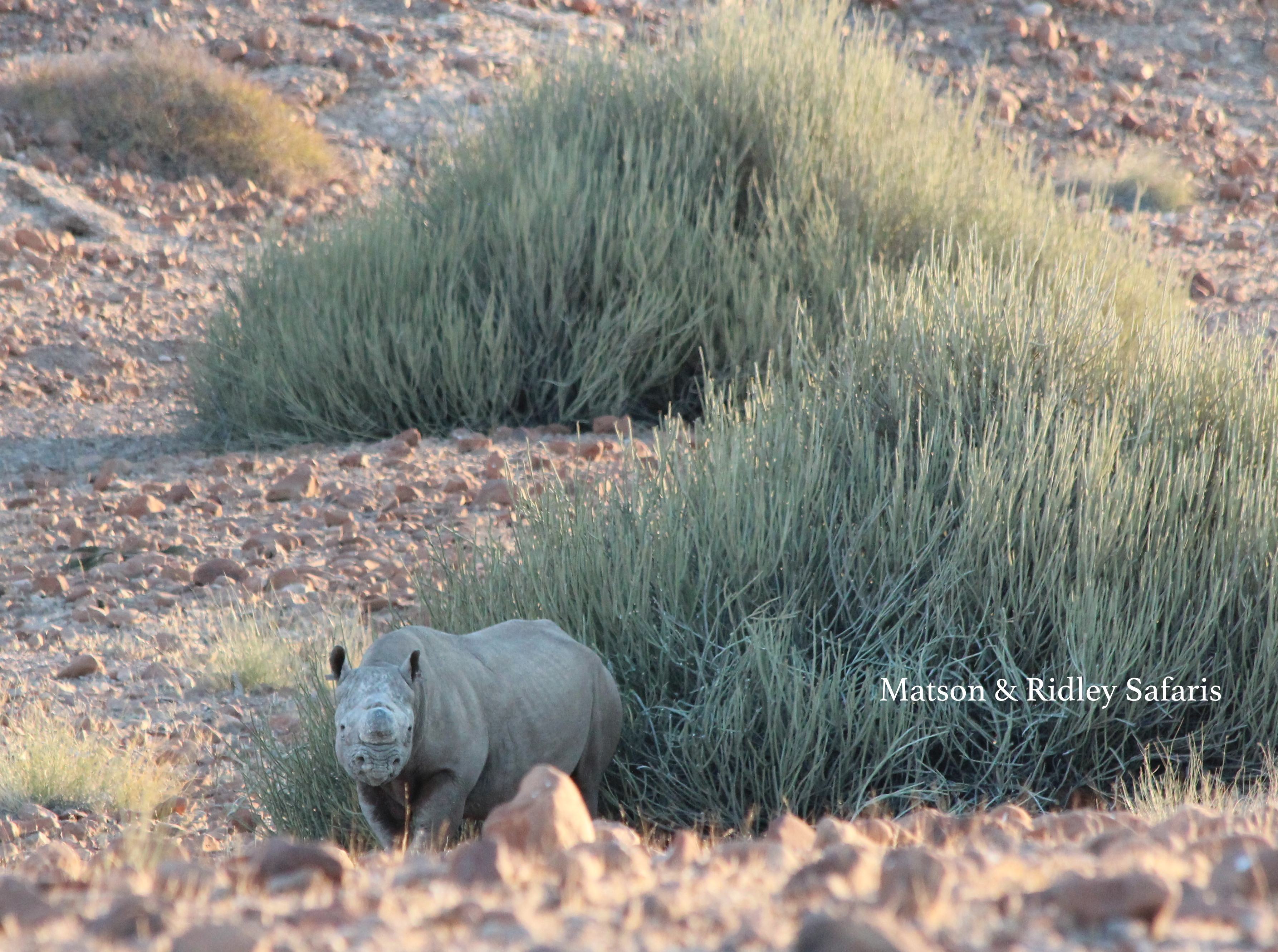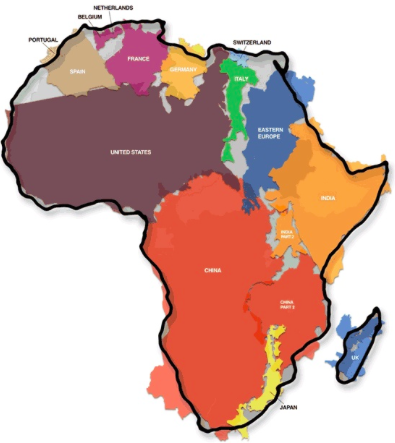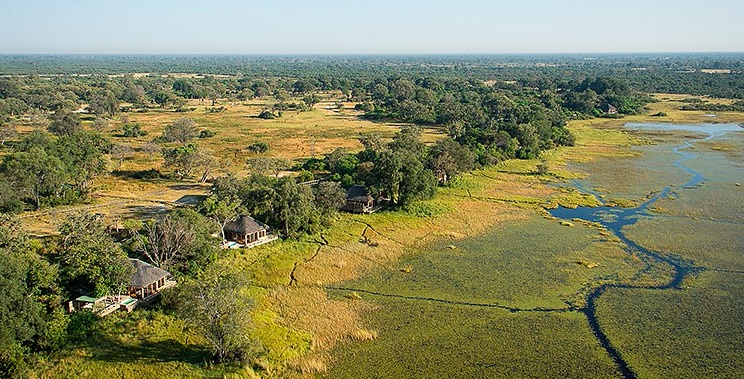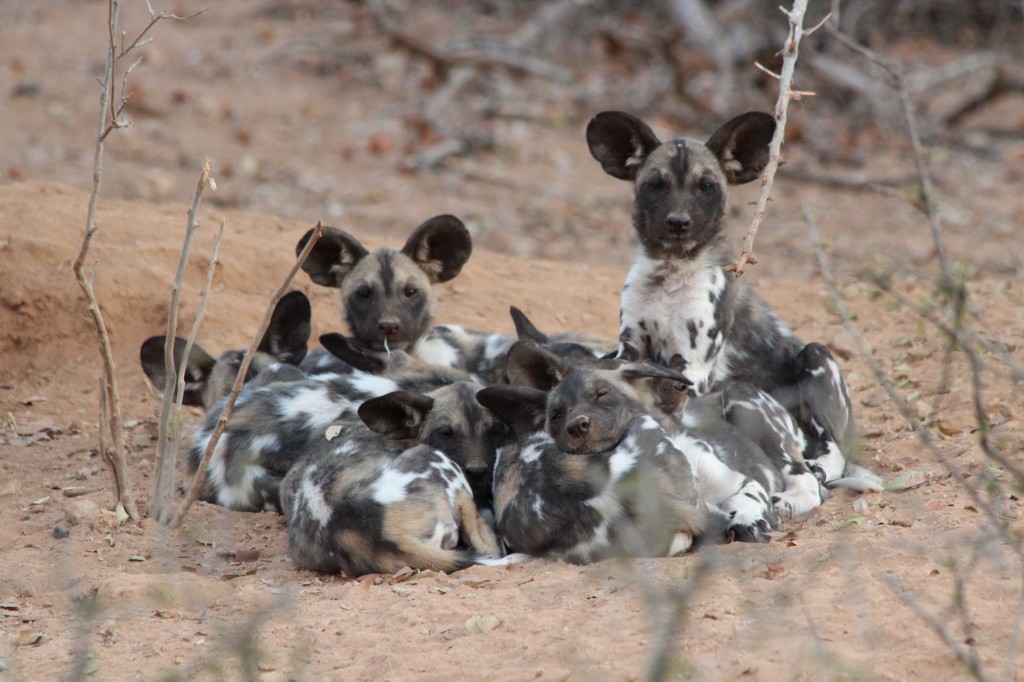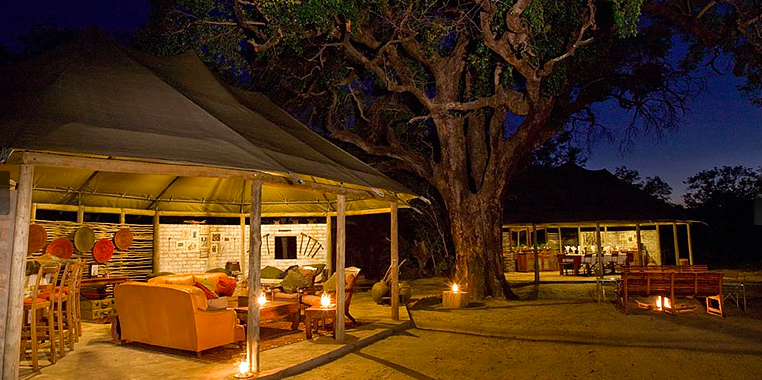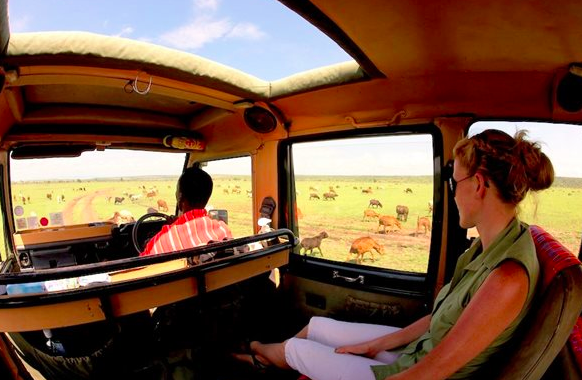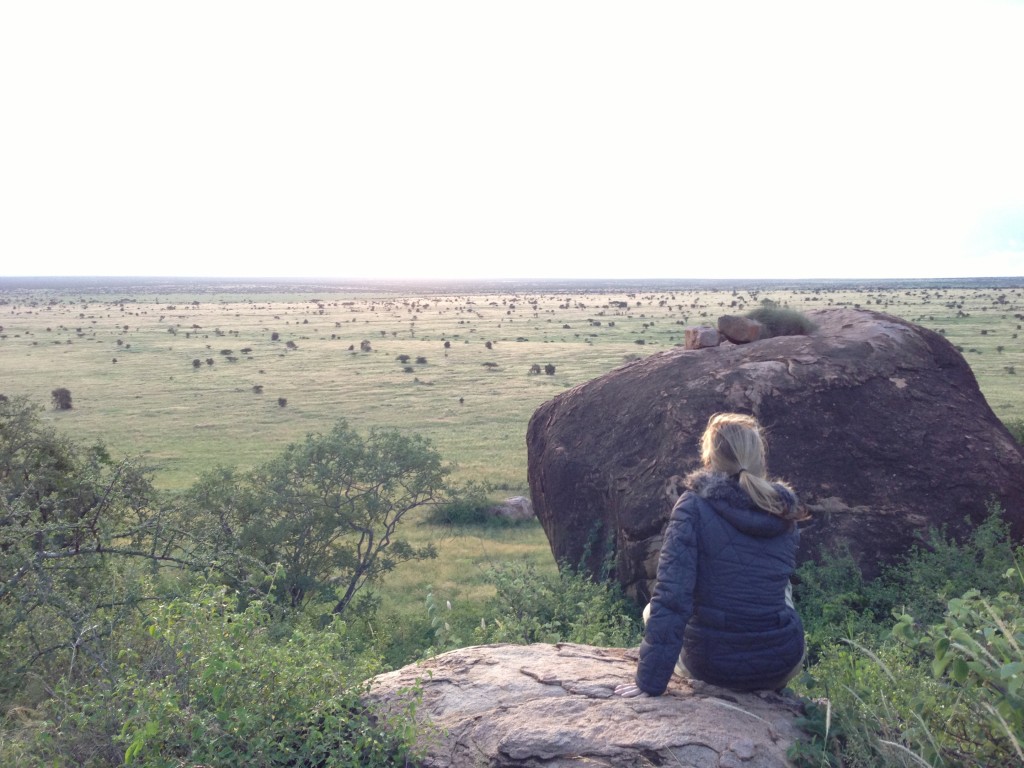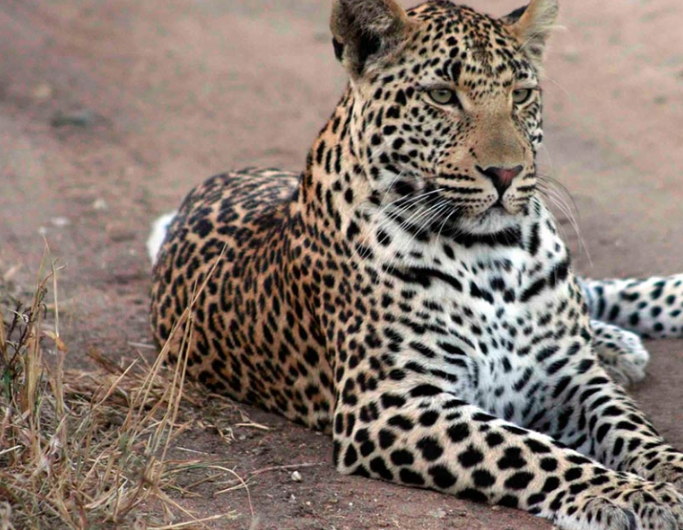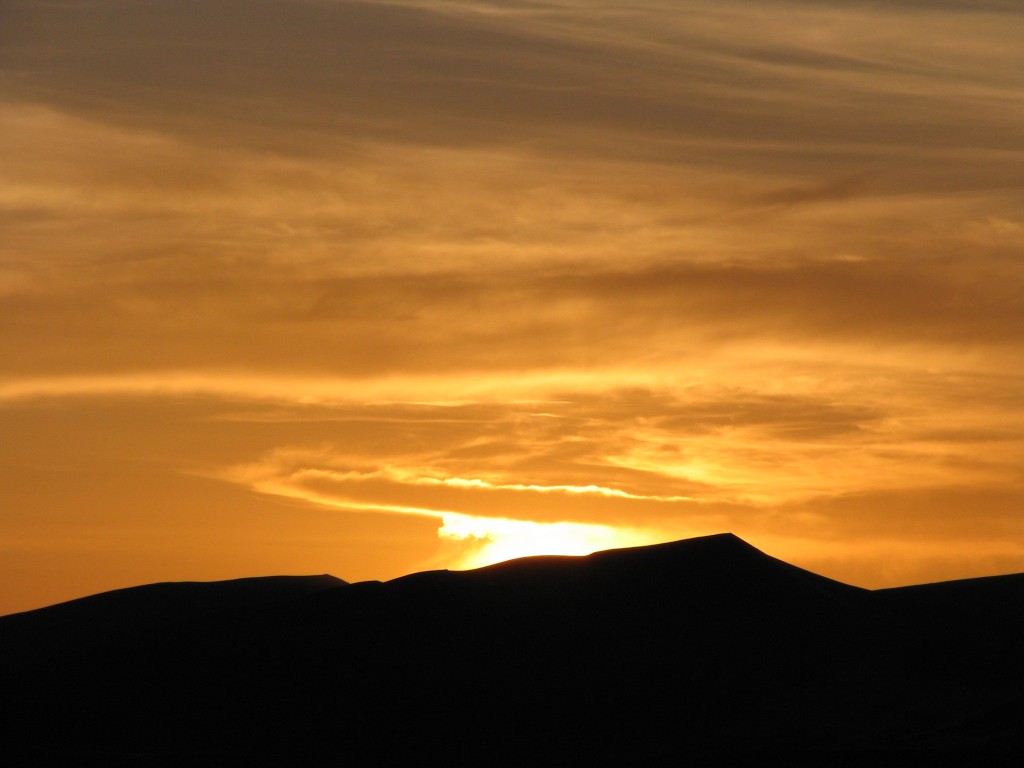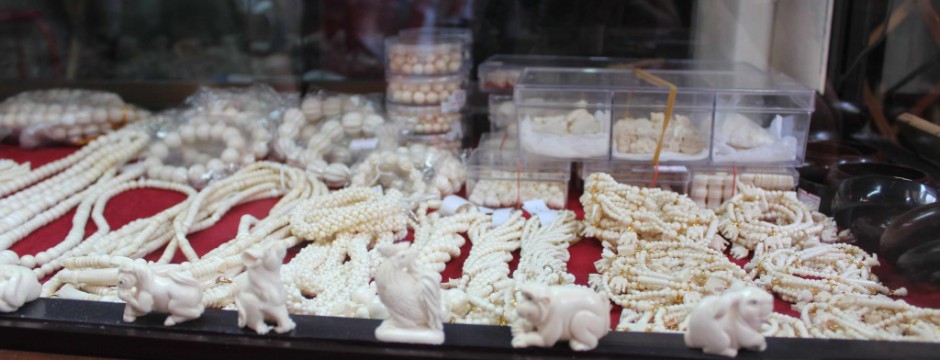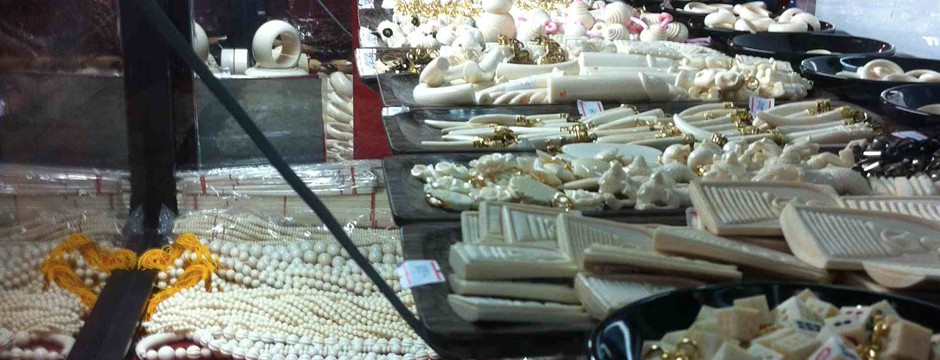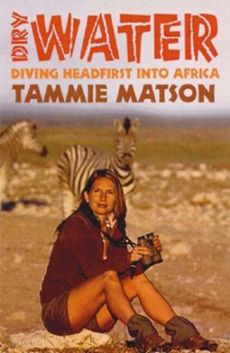The Good, Bad & Hopeful News for Africa’s Pachyderms
CITES’ latest report on the results of the MIKE (Monitoring the Illegal Killing of Elephants) programme has some good news in it for elephant populations and some not so good. The overall number of elephants being killed for ivory has stabilised, after a peak in 2011, but there are still more elephants killed every year than are born (see BBC story).
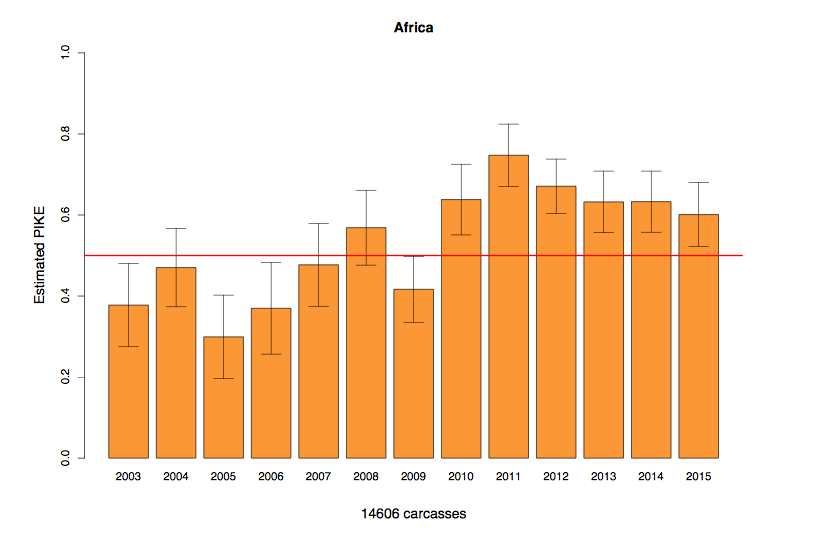
Graph showing proportion of total elephants found killed that were poached, from the MIKE programme, 2015. Note the declining trend in poaching since the 2011 peak.
In Kenya, things appear to be looking up, especially in Tsavo National Park, with an overall decline in poaching reported. Well done Kenya! It hasn’t been an easy few years for Kenya, with the ecotourism industry hard hit by unfounded fears of ebola (which never came close to the country) and a couple of terrible terrorist attacks, but nonetheless their commitment to turn things around for elephants appears to be paying dividends.
Of concern however is the upward trend in poaching in the world famous Kruger National Park, and a couple of other southern African sites including Chewore, Zimbabwe. In southern Africa, poaching levels are still well below the sustainability threshold, but the upward trend is of concern, especially as this part of the world is considered a real refuge for elephants.
Central and West Africa continue to be of serious concern, with poaching levels still well above the sustainability threshold for elephant populations. Read the full report here.
So overall, I think this latest CITES report suggests the great efforts made in recent years, at all ends of the spectrum from demand reduction to anti-poaching, are making a difference in some places, but it’s definitely not the time to be complacent.
What about rhinos? The recent report by IUCN showing that overall poaching across Africa for rhinos is at its highest since 2008 shows that poaching is by no means slowing down across Africa for other thick-skinned large mammals either. The South African government recently reported that rhino poaching was down in South Africa in 2015 compared to the previous year, albeit by a very small number (about 40). The big picture outlined in the IUCN report just out suggests the fight must go on if rhinos are to have a future in the wild.
Why go on fighting this battle? Lots of reasons, but a big one is that it IS possible to win.
I take heart from countries like earthquake-hit Nepal, which has had ZERO poaching of its greater one-horned rhinos in three of the past five years. Part of their success in conservation following the civil war (which took a hard toll on wildlife) is reported to be their tough penalties on poaching and a streamlined judicial process dealing with offences.
And then there is Uganda, which has seen its elephant population increase 600% from 700-800 in the 1980s to over 5000 in 2015. These countries demonstrate that it is possible to turn things around; and that political will and hard line processes are key to success. It’s amazing what can happen when governments take this problem seriously.
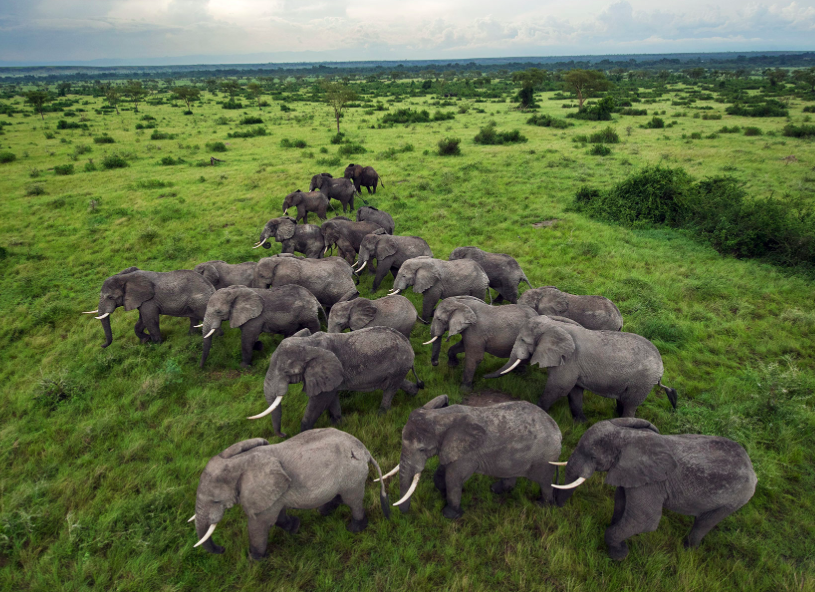
Elephants in Queen Elizabeth National Park, Uganda, are doing better than in the 1980s by a long way (photo by National Geographic)
My 2016 safaris – Zimbabwe & Namibia’s North West
As part of my travel agency, Matson & Ridley Safaris, I will be leading two safaris to two of my favourite parts of Africa in 2016. Based on my past safaris, the very limited spaces (maximum 12 people) book out very fast, so if you’d like to join please drop me a line now! These camps have to be booked now because they are so popular they book out a year in advance or more. And as with all my safaris, the camps are selected by me to ensure your tourism dollars make a difference on the ground. Trust me, these safaris will change your life! (more…)
Aussie team work to reduce demand for rhino horn in Vietnam
About a year or so ago I heard about a Melbourne-based team working to stop demand for rhino horn in Vietnam through targeted advertising. The team, who are all volunteers, is led by Lynn Johnson on a project she founded called Breaking the Brand. They have the pro bono support of award winning Australian advertising team Nigel Dawson and Randal Glennon. We all know how devastating the poaching of rhinos is across Africa now, and how hard the guys on the ground like Bryce and Lara Clemence in Zimbabwe (from a recent blog of mine) are working to stop the poachers, at considerable loss of life (human and rhino), so what’s happening to combat the lucrative rhino horn trade at the source? After all, if we don’t stop that, we’ll be fighting poaching and illegal trade forever, and that’s just not sustainable.
Inside Story on Zimbabwe’s Rhinos
It’s not often that you hear good news from Zimbabwe, and even rarer that you hear good news in conservation. So this blog might come as a surprise to some because for once it’s not bad news! If you came along to the fundraiser I did with the SAVE Foundation in Sydney in August last year, linked to the launch of my latest book “Planet Elephant“, you helped raise funds for the intensive anti-poaching efforts being led by specialists Bryce and Lara Clemence of Aggressive Tracking Specialists (ATS) in the Save Valley Conservancy, Zimbabwe. (more…)
My favourite safari destinations in Africa
Africa’s a big place. Actually, really big. You can fit all of China, India and much of Europe into it’s vast landscape. So when you’re planning to go on safari, where do you start? And once you’ve been once, and you’ve got the Africa bug, where do you go next?
So what’s your favourite safari destination? It’s a tough question, because they all have their merits. In this blog I’m going to have a crack at sharing my current top 5 safari destinations and let you make up your mind where’s best for you to live out your dream.
1. Okavango Delta, Botswana
It’s not just that the Okavango is literally teeming with wildlife in the most beautiful palm tree lined wetlands you can imagine, it’s that Botswana itself is such a wonderful conservation success story. With strong and stable political leadership, a healthy economy and 45% of the population being employed in tourism, it’s no wonder this land-locked country at the centre of southern Africa is doing so well at conserving its wildlife.
The human population is only about 2 million and most of the country is classified as desert, so you don’t get the human pressures that you get in other more highly populated African nations (violent crime being one of them). You’ll see all sorts of interesting critters in Botswana, including all the big cats, African wild dogs, the sitatunga, a wetland dwelling antelope I have yet to feast my eyes on, and the largest elephant population in the world. Besides that, who wouldn’t want to explore nature in a mokoro?
Suggested Camps: Chitabe (for predators galore), Xigera (for wetlands, mokoros & sitatungas), Vumburra Plains (for pure luxury in my kind of heaven).
2. Zimbabwe
This choice might surprise you. Zimbabwe is where I started my African journey back in 1993 on a safari with my Dad at the age of 15 in the Save Valley Conservancy, and it’s still a special place to me. The Save Valley Conservancy remains one of the best places in Africa to see rare African wild dogs. If you go during June, July, August, you’ve got a very good chance of seeing pups at dens, and that is just the cutest thing ever. If you arrange to visit through me, you can also meet the team running the rhino anti-poaching operation, Bryce and Lara, and the Turgwe Hippo Trust‘s Karen Paolillo, who has been studying the area’s hippos for decades.
I also love Hwange National Park. It feels like old Africa to me, and the wildlife there, especially in the dry season (June-Oct), is spectacular. I’ve had lions walk right beside the open vehicle in Hwange, and elephants in their hundreds lining up at waterholes. The thing about Zimbabwe is that many people aren’t traveling there because of the political instability brought about by the current regime. But I’ve been traveling there with my family in the last five years without any troubles, and the people are as friendly and welcoming as ever. And of course, on the border of Zimbabwe and Zambia is the famous Victoria Falls, which you have to see at least once in your life to have your breath literally taken out of you.
Suggested Camps: Sango (Save Valley Conservancy), Little Makololo (Hwange National Park), the River Club (at Victoria Falls, on the Zambian side near Livingstone)
3. Kenya
I only recently ventured into East Africa, having spent the last couple of decades exploring what southern Africa has to offer, and man, was I blown away by Kenya! They’ve been doing safaris in style there for a long time, and it shows in the quality of the experiences they can offer. One very good reason to go to Kenya is that it has the famous great wildebeest migration in the Masai Mara. You have to time this carefully to make sure you’re in the right place at the right time. I am taking a group of up to 12 to Kenya in July next year (safari details here) and there are still spots available for now, but please don’t wait to register your interest as my other two trips to Namibia and Botswana sold out in record time!).
When I got off the plane at Ol Donyo in the Chyulu Hills, nestled between Amboseli and Tsavo National Parks, I looked across the vast grass plains and up to the gobsmacking sight of Mount Kilimanjaro, and I was speechless. The key with traveling in Kenya is to avoid the crowds of minibuses and go with a good operator that offers you exclusivity with the wildlife. And as always, I suggest staying at lodges that operate in partnerships with local communities and conservation organisations, so you know your tourism dollars are helping make a difference on the ground. Kenya is also the home of Daphne Sheldrick’s famous elephant orphanage, a truly special experience that has brought many tears to the eyes of those who visit.
Suggested lodges: Naibosho (Masai Mara – a luxury, community partnership lodge), Ol Donyo (near Amboseli National Park, operating in partnership with the Big Life Foundation and local Masai community)
4. Namibia
Having lived in Namibia for six years, studying black-faced impalas and later working on human-elephant conflict, I’ve still got a soft spot for this vast desert land. You won’t get a sense of space like this anywhere else in the world. The silence in the Namib desert can be overwhelming when you live in a noisy city, and can actually take a bit of adjusting to! Spotting unique desert creatures like oryxes, springboks and ostriches on the desert plains is one of the best things about being in Namibia, as is seeing the vast congregations of animals at waterholes during the dry season (July-October).
Etosha National Park is famous for its white elephants (coated in white dust from the Etosha salt pan) and is one of the best places in Africa to see black rhinos. I also love the north west of Namibia, the Skeleton Coast and Damaraland, where you get desert adapted lions and elephants eking out an existence alongside traditional ethnic groups like the ovaHimbas. My absolute favourite camp in Namibia? Serra Cafema, for sure. Up on the border with Angola, right at the top of Namibia, on the Kunene River, it’s the most remote camp in Africa and going there is like going to the moon (in a very good way!).
Suggested camps: Ongava (for Etosha & rhinos), Serra Cafema (for having your mind blown by desert solitude), Desert Rhino Camp (Damaraland, for tracking desert rhinos & supporting Save The Rhino Trust)
5. Okay so now I’m up to number five, and of course, this is not easy, as there are lots of other great options for safaris that I’d like to include here, like South Luangwa National Park in Zambia (real wild Africa with tonnes of elephants) and even some I haven’t been to that I really want to see, like Ethiopia, Tanzania and Mozambique, but I think the final choice for this blog, based on what I’ve seen to date, has to be Kruger National Park, South Africa.
There’s really no other national park like Kruger for an awesome ‘big five’ experience. But it’s the private reserves on the edge of the park that you want to stay in. South Africa offers so many luxurious and mid range options for families, couples or groups, that it’s hard to know where to start. You’ll get a lot for less price in South Africa because there’s a lot of competition and very high standards of accommodation. It’s a great starting point for a first safari, especially for families as they specialise in this. At Tinstwalo last year with then 3 year old Solo, we saw the entire big five, including an incredible leopard sighting and mating lions, in 36 hours!
There are excellent malaria-free reserves in South Africa too, guides that specialise in giving kids an amazing learning experience, and you can always add on a few days exploring Capetown and the magnificent mountains and wineries of the region.
Suggested camps: Tintswalo (for luxury, incredible wildlife & families), Grootbos (2 hours from Capetown, for families & marine life)
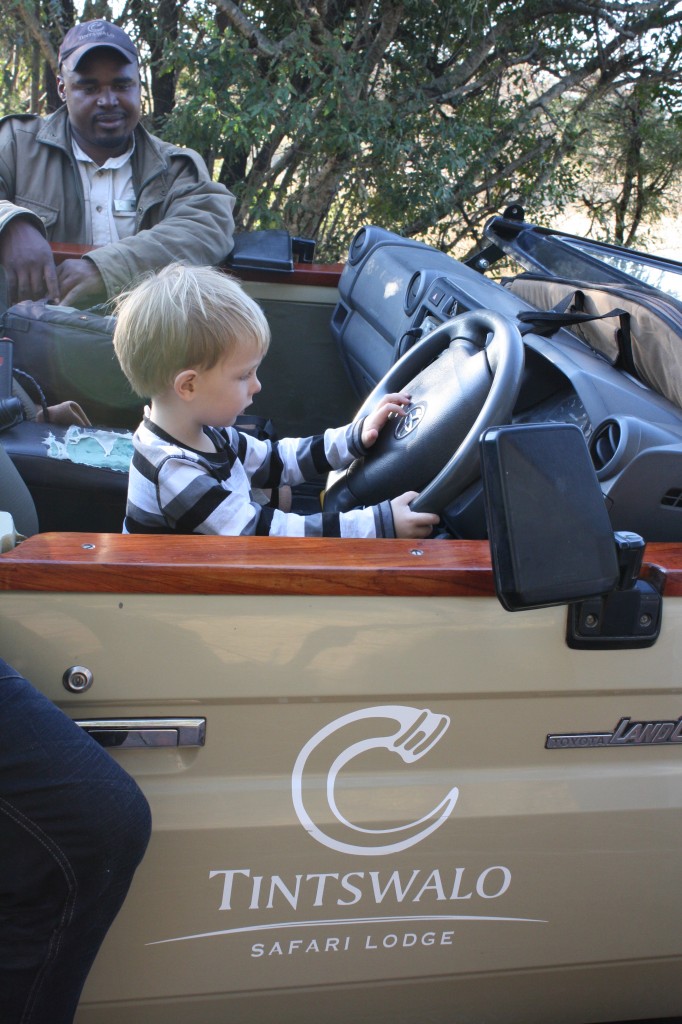
Solo (then aged 3) got to pretend to drive the Land Cruiser while on safari at Tintswalo, South Africa, which was definitely a highlight of the trip for him.
Price slashed for my Namibian Safari 2015!
Great news! The wonderful folks at Wilderness Safaris have just offered me a huge discount on my conservation safari to Namibia in September 2015 (next year). However, it’s only for a limited time! (more…)
Namibian Safari – September 2015
You simply have to experience Namibia at least once in your life. It’s like nowhere else on the planet. The sense of space you get, and the deep desert silence, has to be experienced to be believed. If you’re in the rat race this is the perfect escape.
Read a good book lately?
I’m always looking for a good book. At the moment I’m reading South African, Julian Radymeyer’s “Killing For Profit“, a sinister tale of greed, corruption and ruthless criminals in the game of rhino poaching and rhino horn trade. And some friends recently gave me a copy of Mandy Retzlaff’s “One Hundred and Four Horses“, which really has me hooked – it’s written by a woman who lived through Robert Mugabe’s land invasions in Zimbabwe and her family’s amazing efforts to keep their horses alive during these harrowing years. I’m always open to suggestions about what makes good reading, especially if it involves Africa and wildlife, so add your favourite books in the comments section below! (more…)
Elephant & rhino rumbles
Some days I feel like I’m leading a double life. One second a conservationist in the wild, the next one a mother wiping noses. One weekend in Bangkok’s crazy markets surrounded by ivory jewellery, the next one headed for Africa where elephants and rhinos are on the receiving end of the poachers… (more…)
Zimbabwean magic
I don’t know what it is about Zimbabwe, but every time I go back I simply don’t want to leave. Animal Works’ first expedition to Zimbabwe a few weeks ago proved that it wasn’t just me who could be charmed by this magical part of Africa, as 10 Aussies from all walks of life bonded with each other and the locals, while experiencing some of the best wildlife the continent has to offer. (more…)

